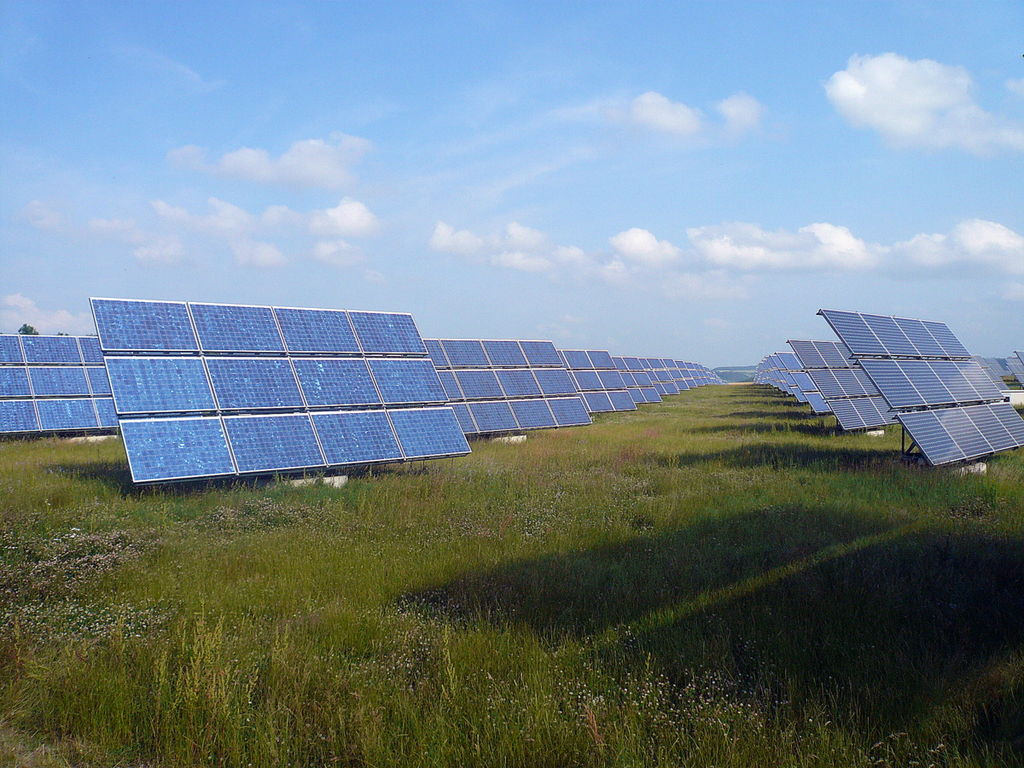More and more cities, states and even entire countries are setting goals to use 100% renewable energy. For the most part, these goals relate to electrical power, which is the energy need most attainable via renewable sources. But ultimately, we would like to cover all of our energy needs – electrical power, heating and cooling, and transportation – using sustainable renewable resources.
Such a goal seems far-fetched in a world that is still dominated by fossil fuels, but 100% renewable energy is becoming more realistic all the time. Eight countries have established specific target dates for switching over to 100% renewable electricity. So have 55 cities, 60 regions and 9 electrical utilities. There are more all the time. In the US, the state of Hawaii has set a target of getting 100% of its electricity from renewables by the year 2045.
Technology advancements and rapid cost reductions are responsible for much of the accelerated use of renewable technologies. Government policies are a primary driver for both the use of renewables and technological progress. Governments are motivated by a desire to reduce dependency on imported fuels, to stimulate their own economies, and, increasingly, to tackle the challenges of climate change.
Not long ago, renewable energy was a small contributor to the world’s overall power generation capability. By the end of last year, renewable energy accounted for almost 28% of global installed generating capacity and actually supplied nearly 23% of power demand. Converting entirely to renewable power is not really dependent on unknown futuristic developments although there is plenty of work still to be done; it now primarily a matter of political and economic will.
**********
Web Links
Photo, posted June 14, 2014, courtesy of Global Panorama via Flickr.
Earth Wise is a production of WAMC Northeast Public Radio.
